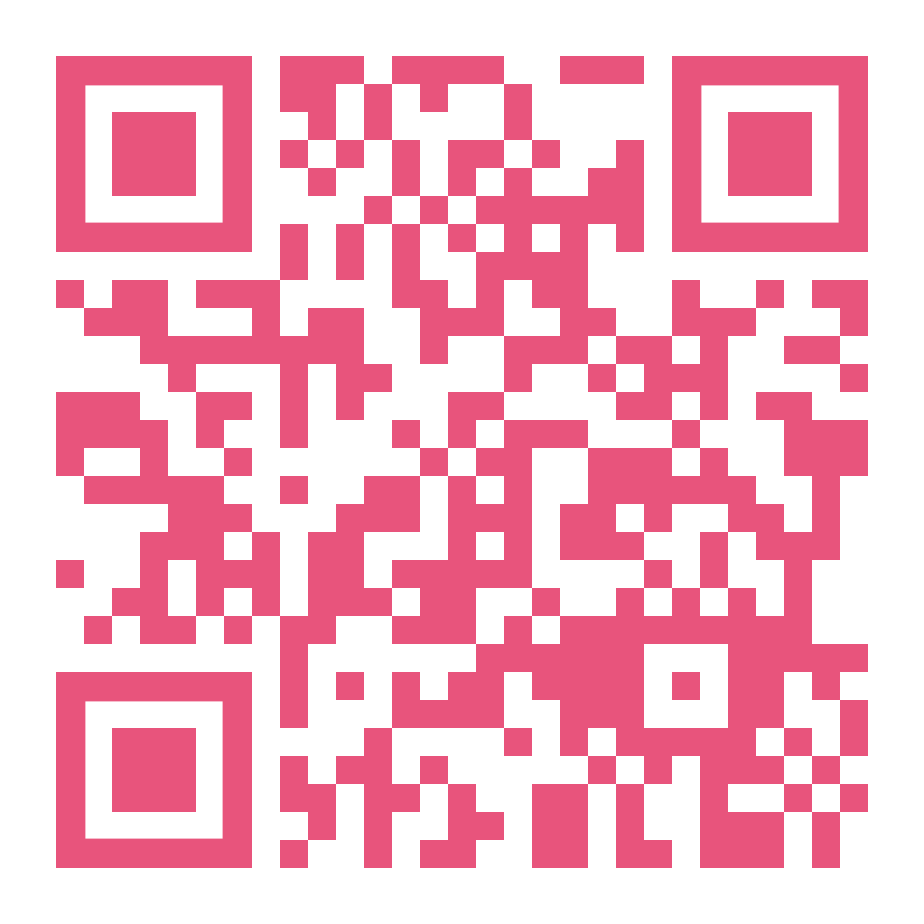Zonas de acción comunicativa en el arte y la tecnología - ZACAT
Resumen
Zonas de Acción de Comunicación en Arte y Tecnología (ZACAT) es una investigación de maestría desarrollada dentro del Programa de Posgrado en Artes Visuales de la Universidade Federal de Santa Maria (PPGART-UFSM), dentro del área de concentración de Arte Contemporáneo y de investigación en Arte y Tecnología, bajo la supervisión de la Dra. Andrea Machado Oliveira. ZACAT es un conjunto de poéticas sonoras y visuales que consiste en una investigación sobre prácticas comunicacionales artísticas de carácter activista. En primer lugar, a través de estrategias y propuestas diversificadas para diferentes interlocutores experimentadas en 2019 en diferentes espacios de la ciudad de Santa María —calles, museos, galerías de arte, universidad, escuela, redes sociales, espacios de ondas de radio—. Posteriormente, debido al escenario mundial presentado desde 2020, con la pandemia del virus SARS-CoV-2, que provocó la enfermedad del Nuevo Coronavirus, COVID-19, la poética sufrió transformaciones significativas. Además de las estrategias artísticas y comunicacionales que experimentaron cambios de enfoque, el espacio de Santa María se trasladó al del Clube Naturista Colina do Sol (CNCS), ubicado en el municipio de Taquara, también en Rio Grande do Sul. Se trata de un espacio no urbanizado, inmerso en un medio salvaje y menos interferido por la acción humana, lo que proporciona otras formas de escucha y conexión, además de la relación con el cuerpo, la comunicación y la tecnología, así como el uso de plataformas de realidad virtual online para compartir el trabajo llevado a cabo. Para abordar la construcción de esta investigación se utilizan los estudios sobre metodología de la investigadora y artista Sandra Rey (1953). Como fundamento teórico se hace referencia a la idea de micropolítica, concepto que remite a los filósofos Michel Foucault (1926-1984) y Gilles Deleuze (1925-1995) y a la crítica de arte Suely Rolnik (1948). Las prácticas artísticas activistas se basan en las experiencias de los colectivos brasileños desde la década de 1990 hasta la actualidad, como se ve en la historiografía del Activismo Artístico de la década de 1950, con filósofos autonomistas italianos como Giorgio Agamben (1942) y Franco Berardi (1949). Para apoyar la noción de Arte y Comunicación partimos de autores como Mario Costa (1936), Fred Forest (1933), Mônica Tavares, Priscila Arantes, Christine Mello y Giselle Beiguelman. El concepto de dispositivo surge de la investigación teórica y es un mediador de las prácticas artísticas, teniendo como referencia a Agamben, Foucault, Vilém Flusser (1920-1991) y Gilbert Simondon (1924-1989). Desde performances, pasando por instalaciones, audio, video y experiencias interactivas en persona o vía redes virtuales, esta investigación busca dar visibilidad a la micropolítica cotidiana, con sus recuerdos, afectos e impulsos de vida formalizados o efímeros en momentos de encuentros.

Derechos de autor 2021 Camila dos Santos, Andreia Machado Oliveira

Esta obra está bajo licencia internacional Creative Commons Reconocimiento 4.0.
